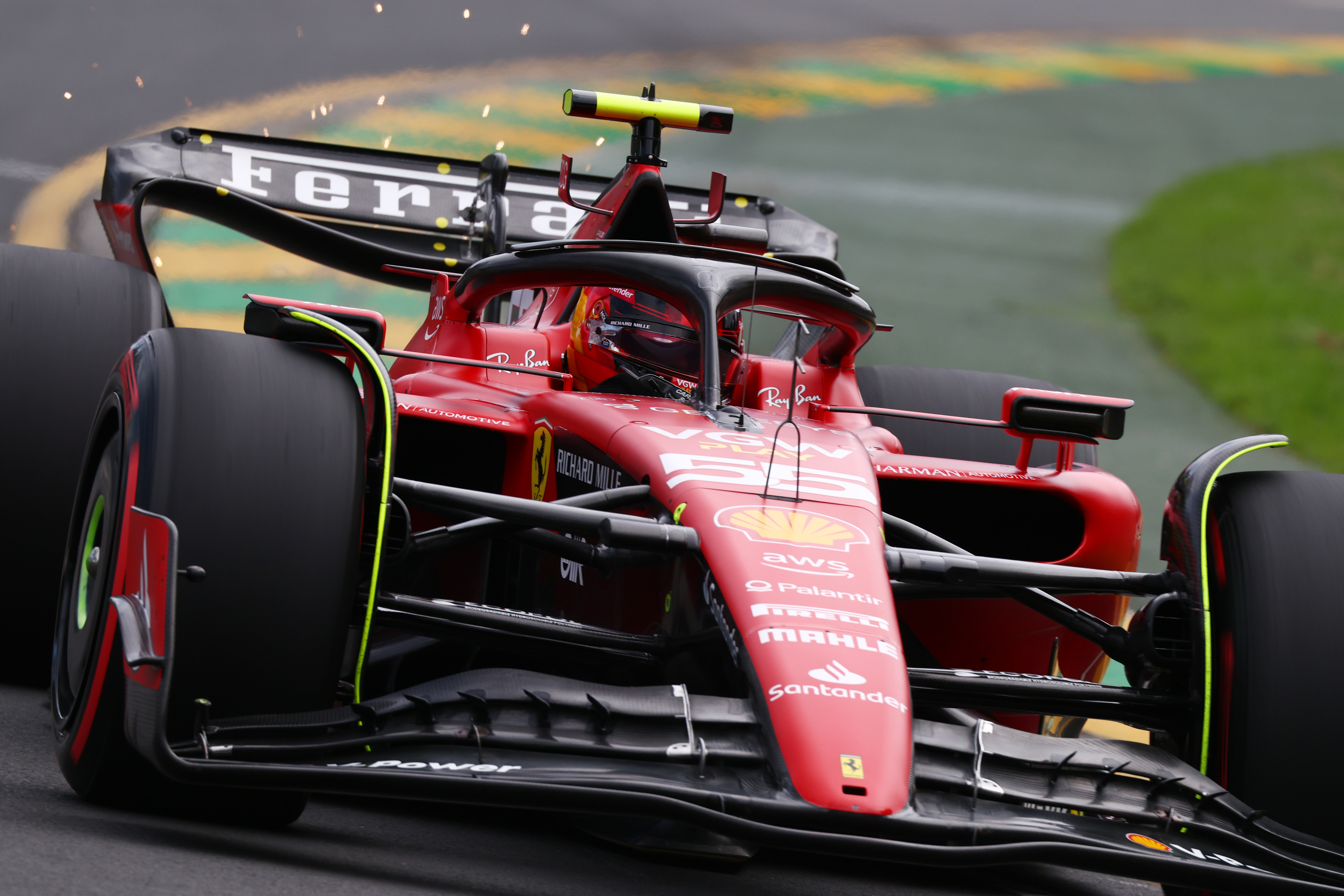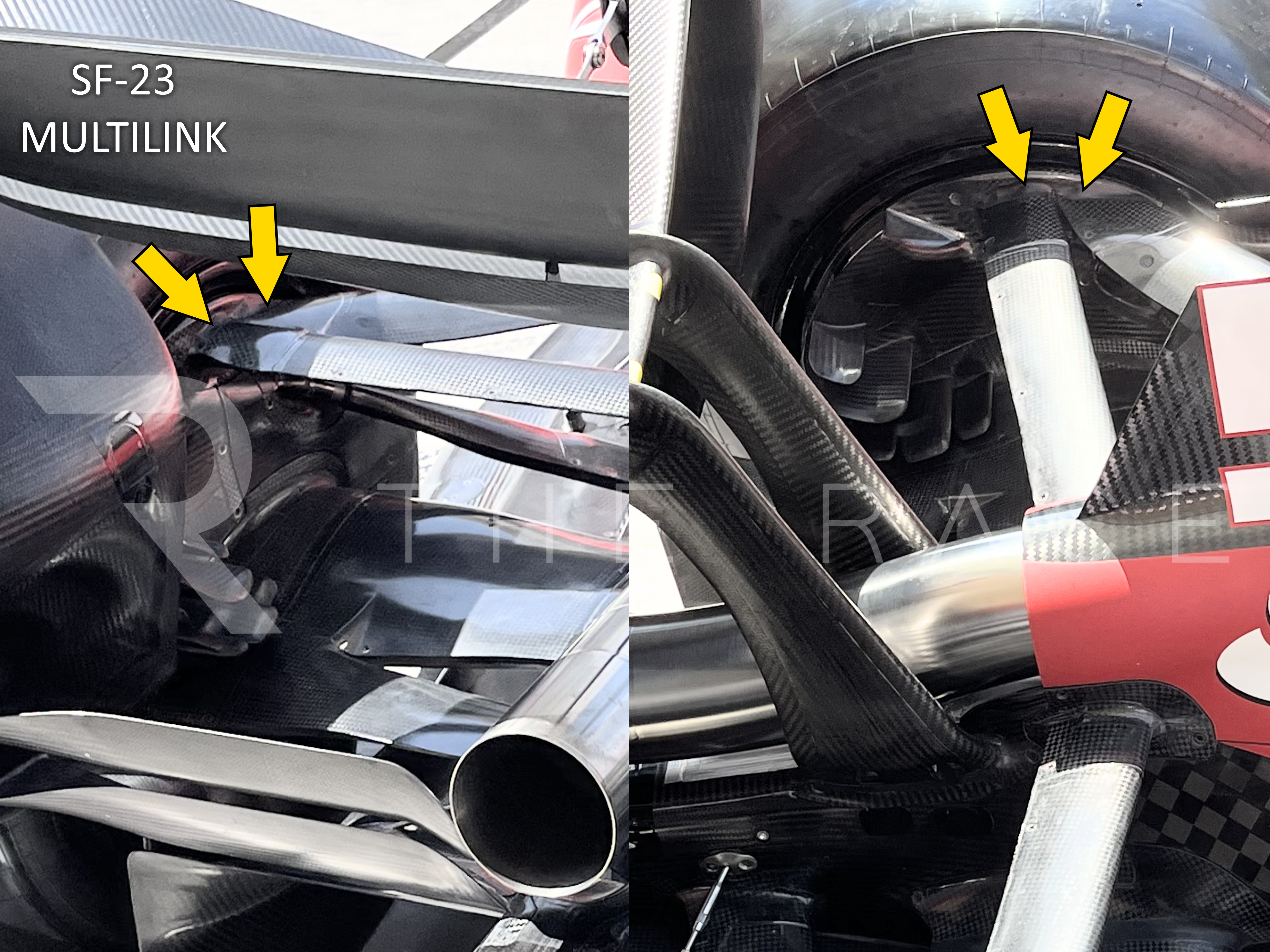Up Next

Ferrari suffered a disastrous weekend at the Australian Grand Prix even if the team petitioning for the right to review the five-second penalty imposed on Carlos Sainz means we’re waiting for the final word on the Melbourne result, but in any case, it will remain a disappointing race for Ferrari to reflect on.
After the first three races of the 2023 Formula 1 season there is now an unusually long break before the Azerbaijan GP at the end of April, which leaves time to ask the question: is the SF-23 project flawed?
The answer to this question is, basically, yes – especially considering that in the first three races of 2022, Charles Leclerc obtained the same results as Max Verstappen has this year.
At the first race of 2023, Ferrari opted for a set-up that was a less-than-ideal compromise given the problems it experienced with the rear wing. That meant reserving judgement to Jeddah, where it became clear that this 2023 Ferrari was not up to fighting to win the championship. Finally, there was an improvement in Australia, especially in terms of set-up, but that could not stop the SF-23 from being relegated to fourth-best car in the pecking order.
Carlos Sainz’s words were very clear: “At the moment the Red Bull is superior everywhere.
“With the change of regulations, the car becoming slower, we thought that this was normal and the car would become a bit more peaky. And we thought that with the compensations that we did, the targets were OK and we were going to be fast.
“We got to the first test and we immediately saw people haven’t suffered from the change of regulations, they are much quicker than last year and this left us thinking [about] whether we have something that we didn’t get right.”

The change of management of the team, with the exit of previous team principal Mattia Binotto and aerodynamicist David Sanchez, is a sign Ferrari is being restructured. The situation is different compared to Mercedes, who admitted that it got the car concept wrong but, at the same time, has already had the B-version of the car in the windtunnel since February. Ferrari on the other hand has yet to find ways to make its car concept work well since rules to raise the floors were introduced.
The improvements in terms of set-up in Australia on the SF-23 had a noticeable effect even if they weren’t enough to make it the second-fastest car behind the Red Bull.
The problems for this particular Ferrari at the moment are numerous, but one above all is the priority to fix: making the floor work with a wider mechanical set-up window. It lacks downforce too much compared to the Red Bull, which has not only maintained its speed advantage with DRS open, but has increased the gap from Ferrari by also being faster in the corners, as Sainz himself admitted.
In Saudi Arabia, a new floor first appeared and was then used definitively in Australia, where some improvements in the layout were seen. What was visible was the new floor featuring slightly different shapes along the outer edge and in the part in front of the rear tyres, where there have been some geometric changes. However, the real changes – hidden from our eyes – were under the floor edge. These will certainly be interesting to review if the SF-23 is lifted away by a crane at any point.

The Azerbaijan GP is still just under three weeks away and in this period, unlike the summer break, teams’ factories will continue to be operational. Expect the next races to be full of updates as a result, right up to the Spanish GP. At Maranello, Ferrari is working to try to anticipate the updates and distribute them in the races between Baku and Barcelona; Vasseur has even said the hope is for some to arrive ahead of schedule.
Baku is a circuit for which any Ferrari developments will be more oriented towards adapting the SF-23 to the low drag required on a track with a straight over a kilometre in length. It is likely that we will see the use of a rear wing with less angle and with a horizontal main profile and not a spoon, as in 2022.

Any updates related to the direct development and increase in downforce of the SF-23 will come after Baku. Indications from Maranello do not suggest a radical change to the car’s concept at the moment.
Vasseur said that the SF-23 will change direction in development but not the concept of the car: “To do a new project during the season, to start from scratch, to do a new car with the cost cap first but also considering the restriction of the windtunnel time, I don’t want to say that it’s impossible but it’s very difficult.
“Also, on our side we have the feeling – and I hope that we are right and we are going in the right direction – that we have still tonnes of room for improvement on the car. As long as we are still able to develop the car to get points on the aero, to get a better balance, to get a better stability and so on, I think it makes sense to push in this direction.”
The races at Imola and Barcelona – in late May and early June respectively, either side of the Monaco GP – are where further updates to the floor should arrive, more radical than the changes seen with the specification used in Australia.
Another development should concern the suspension, seen as the weak point of this SF-23. Thanks to its suspension designs, Red Bull manages to have a mechanical set-up that allows it to have a constant position from the ground to always make the floor work optimally, without being too stiff. That’s why the RB19 is not only an aerodynamic jewel but is the perfect combination of aerodynamics and mechanics.
It will be difficult to see big steps on this front on the SF-23 since it’s a job that requires an important design change. Where the rear suspension is concerned, the developments – a revised casing of the upper wishbones, to manage the airflow differently – should arrive by Barcelona. But it will not be a revolutionary update. For 2023, Ferrari had already worked on a geometric change of the rear suspension over the winter, with the adoption of a new multilink design.

Ferrari and Mercedes are much closer to Red Bull in qualifying, while in the race the RB19’s advantage is much more pronounced – perhaps over a second per lap more. The gap opens up more in the race as many of the downforce deficiencies of Ferrari and Mercedes are compensated for by the extra grip of the soft tyres in qualifying, and by the fact that Red Bull is a car designed to go fast in the race.
The goal is certainly to create a fast car in the race, an aspect that was already lacking on the F1-75 of 2022 and with its successor – something Ferrari will need to address if it’s to have a chance of fighting Red Bull any time soon.





